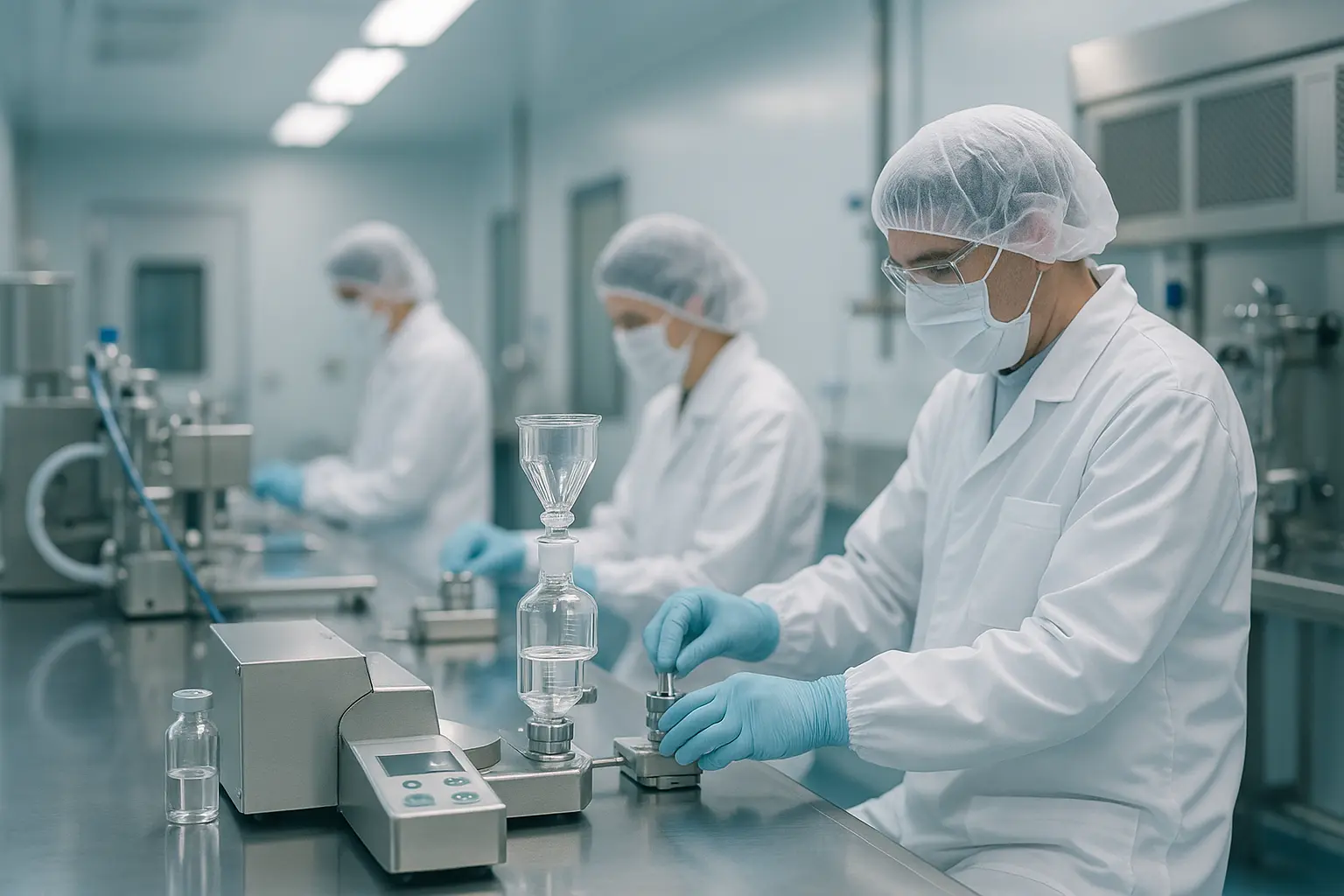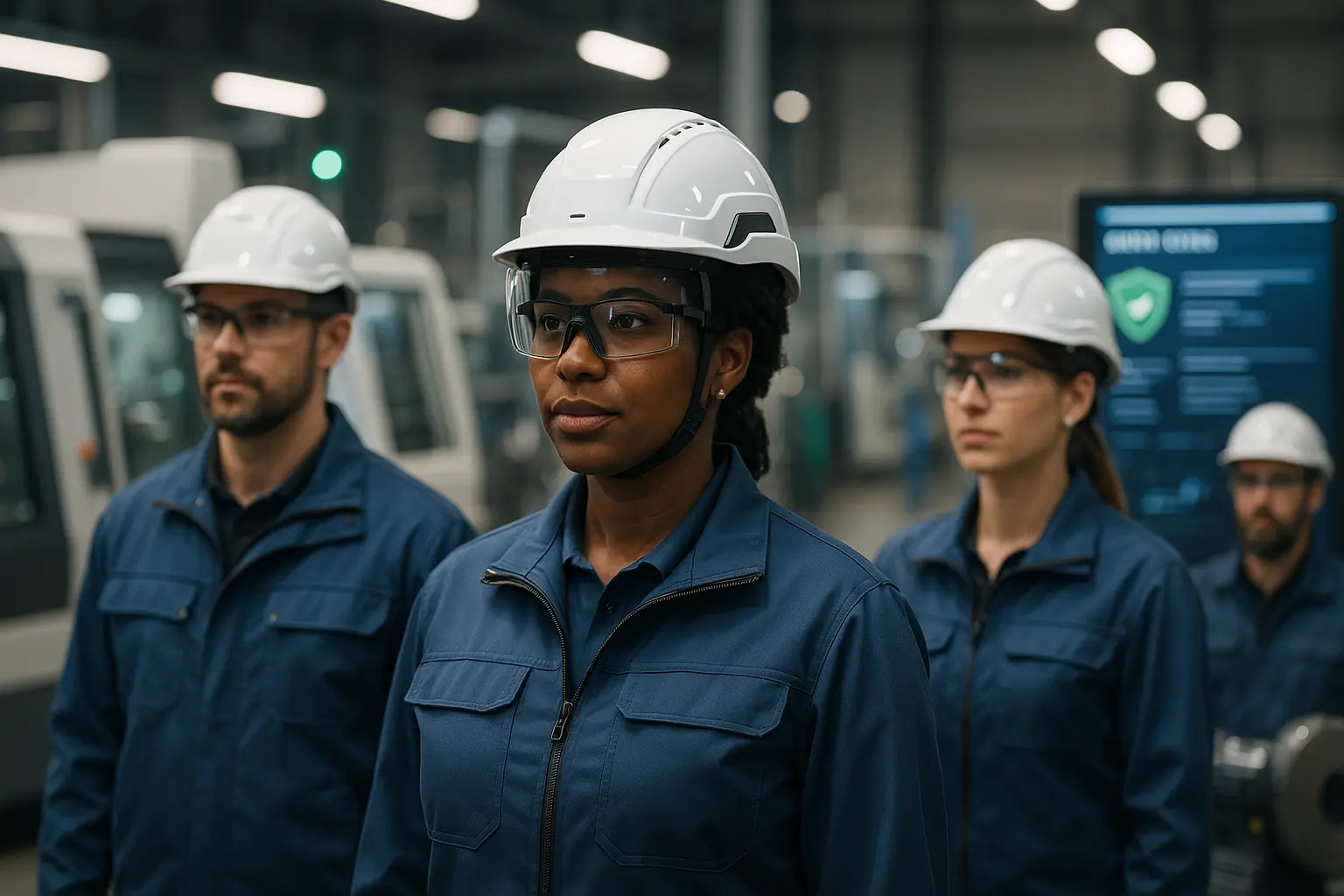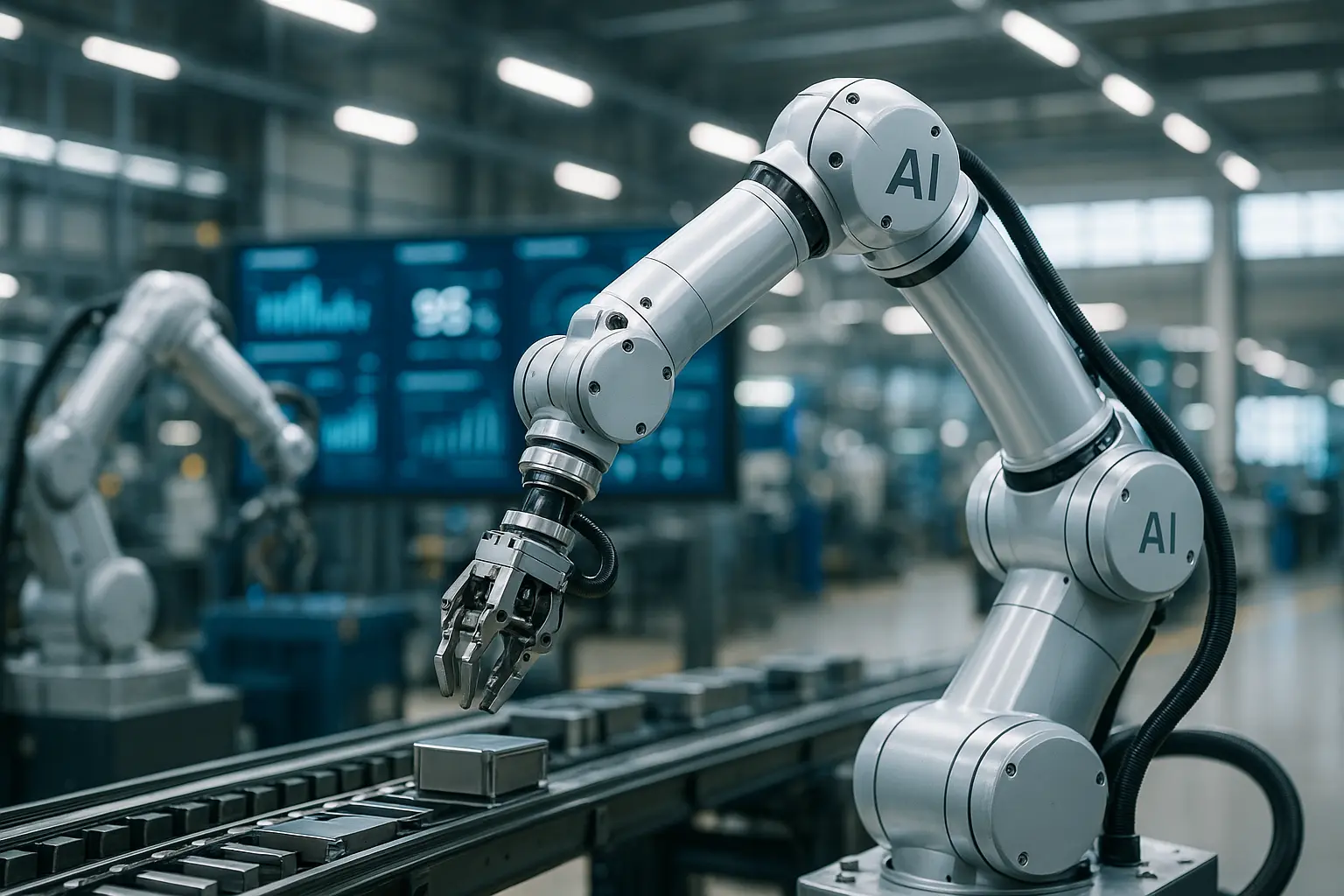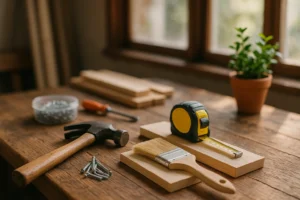What Happens Inside a Pharmaceutical Clean Room?
In the heart of pharmaceutical manufacturing lies a marvel of modern engineering — the cleanroom. Imagine a sterile environment so meticulously controlled that a single particle can make all the difference. As we navigate the labyrinthine corridors of pharmaceutical production, we discover an ecosystem designed to combat contamination at every corner. But what truly unfolds within these walls? Let’s step into the world where air purity is paramount, and delve into the inner workings of cleanrooms.
The Anatomy of a Cleanroom: An Air of Precision
At the core of a cleanroom is the art of air control. Here, particles are not just numbers on a report but adversaries. The relentless flow of air, filtered and recirculated, sweeps through like an invisible sentinel, ensuring that the environment remains pristine. The sophistication of ISO standards dictates the class of these rooms, categorizing them based on permissible particle counts.
In pharmaceutical settings, the stakes are high. The air we breathe inside these rooms undergoes rigorous cleaning — a process that involves advanced filtration systems that capture even the tiniest of particles. HEPA and ULPA filters are our allies in this battle, with their ability to trap contaminants as small as 0.1 microns. This is where technology meets precision, where science merges with art to create a sanctuary for sterility.
But it’s not just about the air. Every surface, material, and tool within a cleanroom is curated to minimize contamination. From seamless flooring to non-shedding garments, every detail is a testament to our commitment to maintaining purity.
The Dance of Compliance: Navigating ISO Standards
In the realm of cleanrooms, ISO standards are the compass guiding us towards excellence in contamination control. These standards classify cleanrooms into various classes, each delineating specific limits for airborne particles. For instance, an ISO Class 5 room permits no more than 100,000 particles per cubic meter, a number that might seem vast in scale but is remarkably minuscule in practice.
Adhering to these standards is a dance of precision and vigilance. Pharmaceutical manufacturing thrives on consistency, and cleanroom compliance is pivotal in this pursuit. It’s about fostering an environment where contaminants are kept at bay, where sterile conditions are a non-negotiable norm.
Our journey through compliance involves rigorous monitoring and constant vigilance. Sensors, strategically placed, keep a close watch on air quality, ensuring that every breath of air is as pristine as the last. It’s a commitment to quality, a dedication to ensuring that every pill, every vial, every batch meets the highest standards of safety and efficacy.
Materials and Methods: Crafting a Contamination-Free Environment
The materials we choose for our cleanrooms are more than just functional elements; they are guardians of our commitment to cleanliness. From walls crafted from smooth, durable panels to stainless steel surfaces that resist bacterial growth, every choice is deliberate, every detail a pledge towards reducing contamination.
Our methods, too, are a testament to our dedication. Cleaning is not merely an act but a ritual, performed with precision and care. We employ specialized cleaning agents that are effective yet gentle, ensuring that our surfaces remain pristine. Our protocols are thorough, crafted to ensure that no nook or cranny becomes a haven for particles.
In this environment, the smallest oversight can lead to significant consequences, so our approach is nothing short of meticulous. Routine checks and balances are in place to verify that our materials and methods continue to meet the stringent standards laid out by industry experts.
Inside the Cleanroom: A Ballet of Precision and Purpose
Step inside a pharmaceutical cleanroom, and you’re entering a world that operates like a finely tuned orchestra. Here, every movement is calculated, every action deliberate, all in pursuit of maintaining an immaculate environment. The personnel, clad in cleanroom garments, move with the grace of dancers, each step choreographed to avoid unnecessary particle generation.
The equipment inside a cleanroom is nothing short of cutting-edge. From automated systems that minimize human interaction to robotic arms that handle sensitive materials with finesse, technology is our ally in reducing contamination. These innovations, coupled with rigorous training, ensure that our personnel are not just workers, but stewards of cleanliness.
But perhaps the most intricate element of this ballet is the human factor. We, as guardians of these sterile environments, must remain ever-vigilant. Our eyes are trained, our senses attuned to any anomaly that might compromise the sanctity of our space. It’s a testament to our commitment, a pledge to uphold the standards that safeguard public health.
As we draw the curtain on our exploration of pharmaceutical cleanrooms, we’re left with a profound appreciation for the delicate balance they maintain. Inside these hallowed walls, where air purity reigns supreme, every detail is a testament to human ingenuity and dedication. It’s a world where science meets art, where precision and purpose intertwine in a dance of cleanliness and control.
The journey through a cleanroom is not just a tour of technology but a glimpse into the future of manufacturing. As we continue to innovate, these spaces will evolve, adapting to new challenges and embracing advancements that ensure our products remain safe and effective.
In understanding what happens inside a cleanroom, we unlock a deeper appreciation for the unseen guardians of health and safety that lie within. It’s a tribute to the unsung heroes who work tirelessly to ensure that what we consume is crafted with the utmost care and precision.
FAQ
What is the primary purpose of a pharmaceutical clean room?
A pharmaceutical clean room is designed to maintain a controlled environment with low levels of pollutants such as dust, airborne microbes, and chemical vapors. This ensures that pharmaceutical products are manufactured in a sterile and contamination-free setting.
How do clean rooms maintain a contaminant-free environment?
Clean rooms use specialized filtration systems, such as HEPA filters, to remove particulates from the air. Additionally, they employ strict protocols for personnel behavior, clothing, and equipment usage to minimize contamination risks.
What are the key features of a clean room’s design?
Clean rooms are designed with smooth, easily cleanable surfaces to prevent particle accumulation. They also feature controlled air flow systems, pressure differentials, and temperature and humidity controls to maintain the required environmental conditions.
What types of attire are required for personnel working in a clean room?
Personnel in clean rooms wear specialized garments such as coveralls, gloves, masks, and shoe covers to minimize the risk of contaminating the environment. These garments help prevent the introduction of skin flakes, hair, and other potential contaminants.
How is the effectiveness of a clean room monitored?
Clean rooms are regularly monitored through environmental testing, which includes checking air quality, surface cleanliness, and particle counts. These tests ensure that the clean room maintains the necessary standards for sterile pharmaceutical production.













